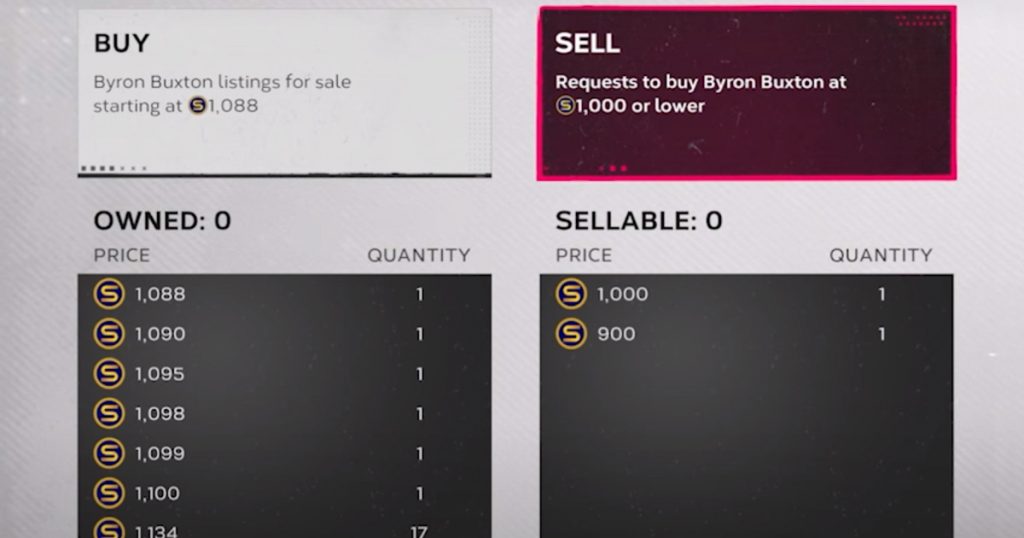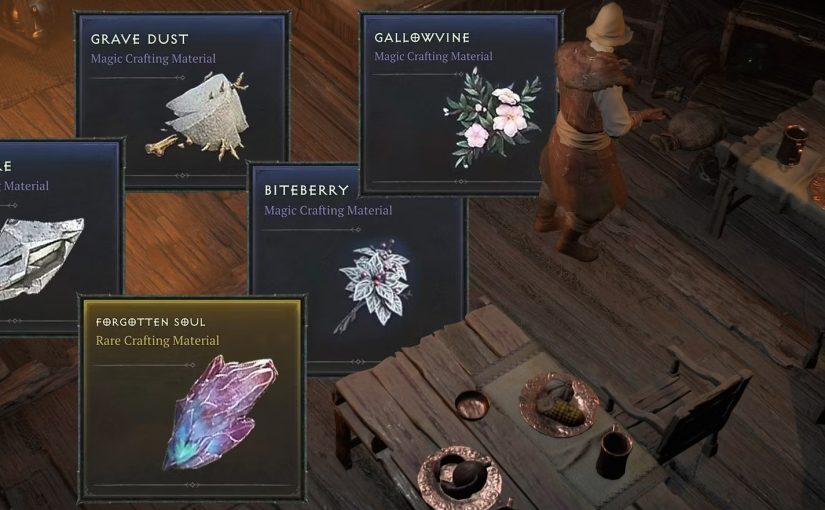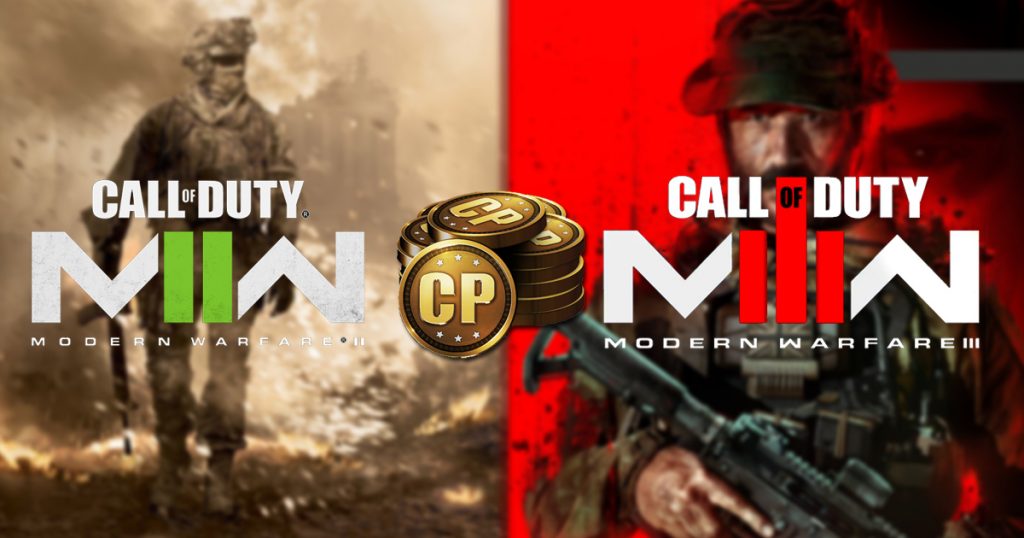In May 2024, Fortnite players will once again have the opportunity to get a range of exciting skins and cosmetics for free. These cool items can be easily earned by completing specific tasks or participating in events. This article will give you a detailed look at the skins and cosmetics currently available for free, and how to get them.
Current free skins
In May 2024, Fortnite will have three free skins available for players to claim. Below is the list of free skins:

- Emily the Explorer Costume – Get it by linking your LEGO and Fortnite accounts.
- Trailblazer Tai Outfit – Obtained for free by completing LEGO Fortnite missions.
- Lina Scorch Outfit – Obtained by claiming the PlayStation Plus exclusive Blazin’ Wheels pack.
Currently free cosmetics
In addition to free skins, Fortnite also offers a range of free cosmetics. Here’s a list of free cosmetics for May:
- Head stone spray
- Billie the Spoiler loading screen
- Change jam tracks
- Heart groove aura
- express backwards
- Melting microphone emoticon
- Silly Bros Jam track
- Snow Raid Aura
- Sweet Victory Riff
- Popular Bassline emoticons
- Runway blocking track
- Lavatronik bass instrument
- Blohsh banner icon
- Grooved heart emoticon
- Microphone instrument burned out
- Chainsong keyboard instrument
- Star Wars LEGO Fortnite Decoration Set
- Mos Eisley Market Construction
- Junkers “Brella Victory” paraglider
- Wastelander’s Marked Wrap
- Nitro’d Ranker back decoration
- fist banner icon
- -Scar spray
- Waste spray
- Kaboom emoticon
- Competitor rust removal spray
- Triple bullseye emoji
- Pea tree spray
- Polar blast loading screen
- Nitro Chainsaw Pickaxe
- Rare lama back ornaments (various rare styles)
- Gas Up Pack back accessories
- Cypher Traces (14 colors)
- Wheel of Aether (13 colors)

How to get free skins and cosmetics
To get these free skins and cosmetics, you can try the following:
- Complete in-game activities: Participating in specific activities and completing challenges, such as Winter Festival missions or other activities, may reward you with free skins and cosmetics.
- Participate in competitions: Epic Games holds various cross-border character theme tournaments from time to time. High-ranking players can obtain corresponding skins for free before they are sold in the store.
- Follow social media: From time to time there will be campaigns on social media to give away free skin codes, but please be careful to avoid potential scams.
- Technically, it may not be free, but players who subscribe to U4GM will receive tons of rewards every month, including new skins and matching cosmetics. its fortnite vbucks top up 1000 v-bucks – $6.69.
All in all, getting free skins and cosmetics in Fortnite takes some effort and patience, but with these methods, you’re sure to get the items you want. You can easily get Fortnite skins and cosmetics for free! Come join this fun-filled adventure!












